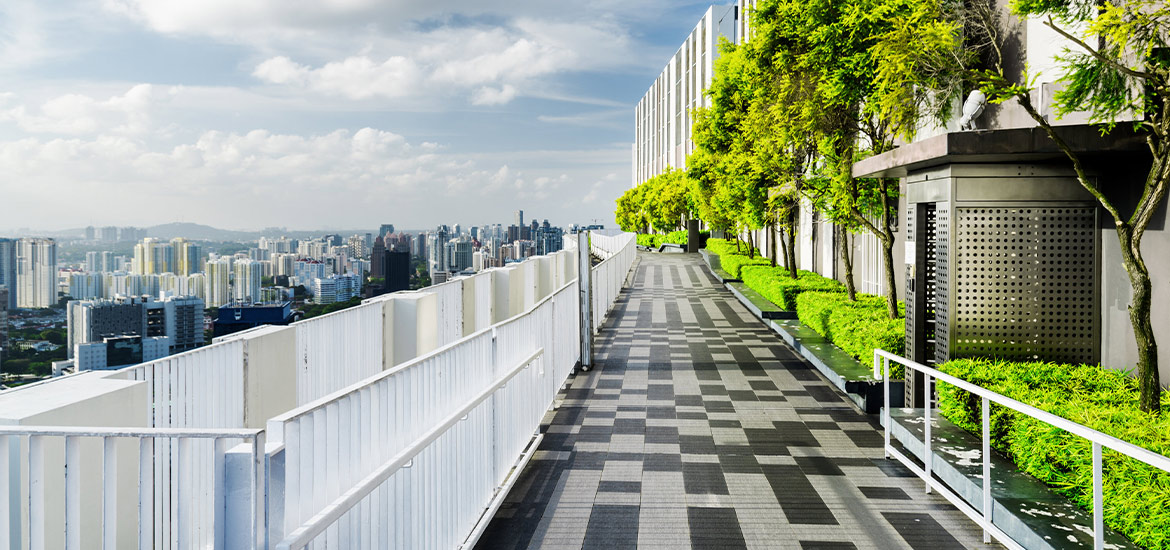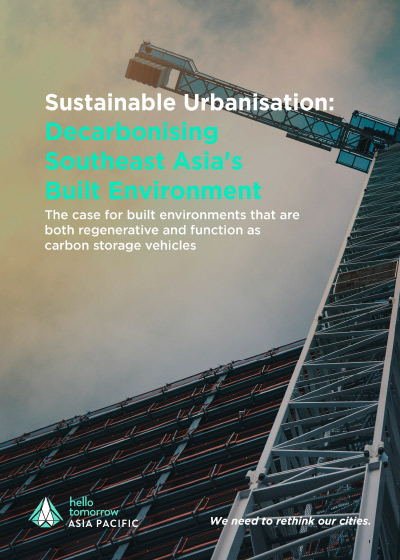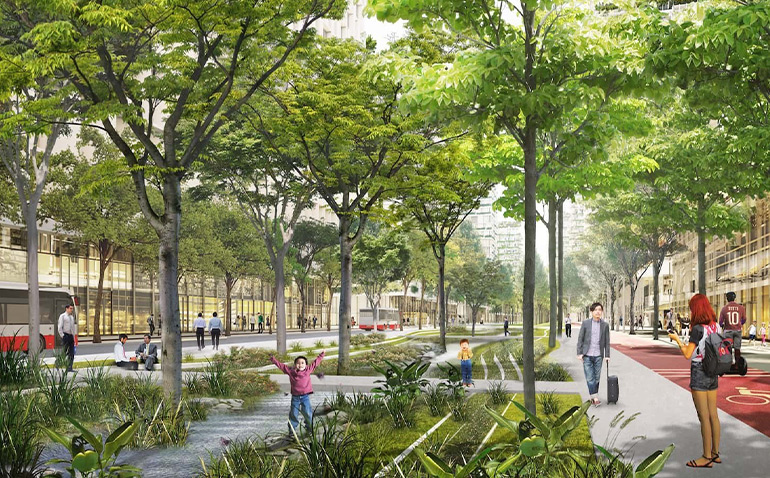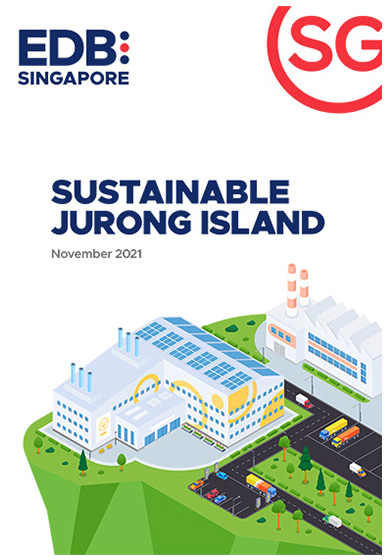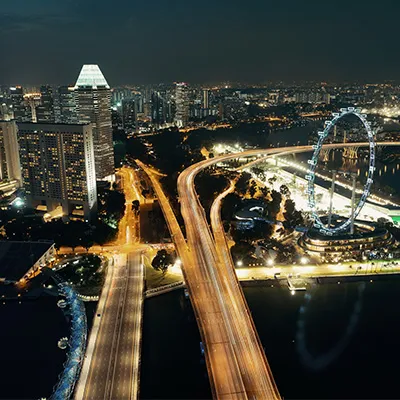Every city will have a different journey to net zero, but Singapore could provide one model for others to follow. Examine these 4 case studies and uncover how an integrated approach is used in Singapore to promote greater sustainability.
Singapore has long taken the approach of adopting innovations methodically. The city authorities conduct pilots and demonstration projects and then scale up after recalibrating technology, delivery systems, regulations and business models. Its approach to becoming a net-zero carbon city is no different. The Singapore Green Plan 2030 outlines national strategies to become more sustainable, with actions taken on the level of buildings and districts forming part of the learning process towards achieving more ambitious sustainability goals.
The following case studies focus on "systemic efficiency", an integrated approach that includes clean electrification, smart digital technology, energy-efficient buildings and infrastructure with a circular resource economy.
